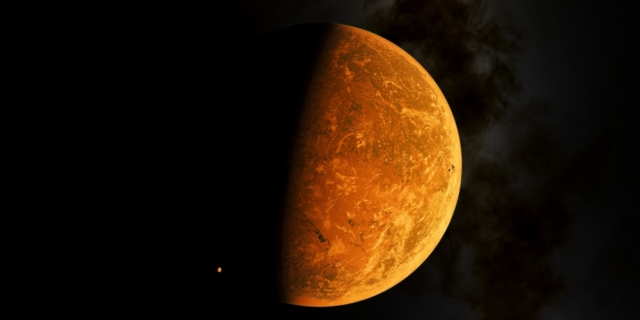Analyzing several transits of the planet in front of the star, scientists noticed a decrease in the intensity of light at certain wavelengths, which may indicate clouds or the presence of gases. However, the researchers do not rule out the possibility of a “bare rock” without an atmosphere: similar effects can be created by star spots. Additional observations and a more in-depth analysis will help clarify the situation.
Advertising
The team has already ruled out the possibility of a hydrogen-rich atmosphere and considers the Venusian atmosphere saturated with carbon dioxide unlikely. If the existence of a nitrogen-containing shell is confirmed, this will increase hopes for detecting signs of life and show that red dwarfs do not always destroy the atmospheres of their planets.
